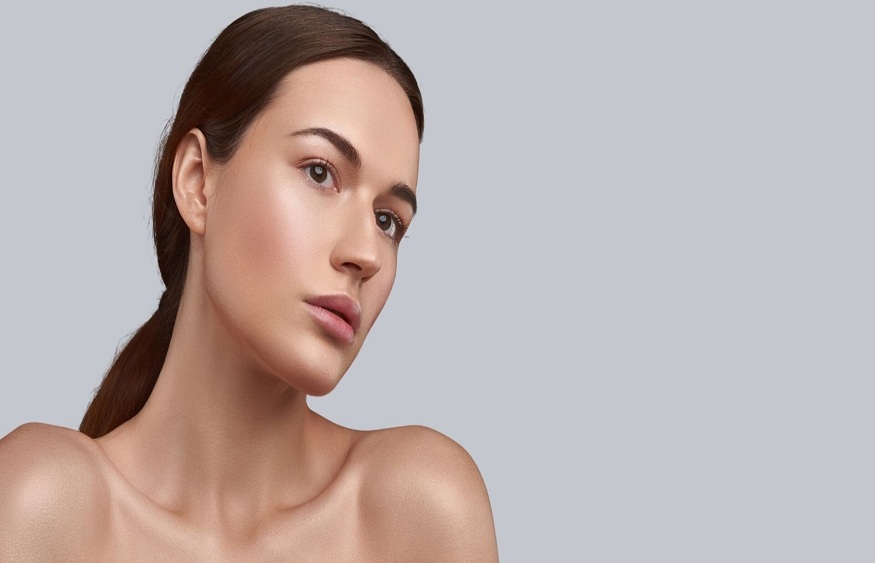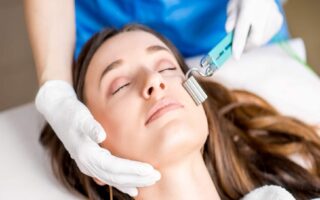1. Introduction
In the pursuit of youthful and vibrant skin, many individuals are seeking non-invasive options to combat the signs of aging. Ultherapy, also known as Ulthera, has become a cutting-edge method that provides skin tightening and lifting advantages without requiring surgery. This essay will go further into the realm of Ultherapy, examining its advantages, its mechanism of action, potential risks, and much more.
2. What is Ultherapy?
Ultherapy is a non-invasive cosmetic technique that stimulates the skin’s collagen and elastin production using ultrasound technology. This FDA-approved therapy has grown in popularity as a preferred substitute for invasive skin tightening procedures like surgical facelifts.
3. How Does Ultherapy Work?
Ultherapy harnesses the power of focused ultrasound energy, which penetrates deep into the skin’s foundational layers. The energy targets specific tissues, causing controlled thermal damage. This triggers the body’s natural healing response, prompting the production of new collagen and resulting in gradual skin tightening and lifting effects.
4. Benefits of Ultherapy
Ultherapy offers a wide array of benefits for those seeking to rejuvenate their appearance. Some of the key advantages include:
- Non-invasive: Unlike surgical facelifts, Ultherapy does not require incisions or extensive downtime.
- Natural-looking results: The gradual nature of collagen production ensures subtle and natural improvements over time.
- Precision: Ultrasound technology allows for precise targeting of treatment areas.
- Versatility: Ulthera can be used on various areas of the face and neck, including the brow, chin, and décolletage.
- Long-lasting effects: The benefits of Ultherapy can last for up to two years, depending on individual factors and skincare maintenance.
5. Who is a Suitable Candidate for Ultherapy?
Ultherapy is a versatile treatment suitable for both men and women who are experiencing mild to moderate skin laxity. Ideal candidates are individuals looking to address sagging skin, fine lines, and wrinkles but are not ready for surgical interventions. A consultation with a qualified practitioner will determine if Ultherapy is the right choice based on individual skin conditions and aesthetic goals.
6. The Ultherapy Procedure
Before the procedure, the practitioner will cleanse the treatment area and may apply a numbing agent to ensure a comfortable experience. The Ultherapy device is then used to deliver targeted ultrasound energy to the skin’s depths. Patients may experience mild discomfort during the treatment, but this is generally well-tolerated.
8. Ultherapy vs. Other Skin Tightening Treatments
While Ultherapy has proven to be highly effective, it is essential to consider other skin tightening options to make an informed decision. Comparing Ultherapy with surgical facelifts, radiofrequency treatments, and laser therapies will help individuals choose the most suitable treatment based on their preferences and needs.
9. Safety and Side Effects of Ultherapy
Safety is of utmost importance during any cosmetic operation. When conducted by a trained and experienced expert, ultherapy is generally safe. Mild swelling, redness, and discomfort are frequent side effects, but they are usually transient and go away on their own.
10. Tips for a Successful Ultherapy Treatment
To optimize the results of Ultherapy, patients can follow these tips:
- Maintain a healthy lifestyle with a balanced diet and regular exercise.
- Use high-quality skincare products that promote collagen production and skin health.
- Protect the skin from excessive sun exposure by applying sunscreen daily.
11. Frequently Asked Questions (FAQs)
Q1: Is Ultherapy painful? A1: While some patients may experience mild discomfort during the procedure, it is generally well-tolerated. Numbing agents can be applied before the treatment to minimize any potential discomfort.
Q2: How long does an Ultherapy session take? A2: The duration of the procedure varies depending on the treatment area. On average, a session can take anywhere from 30 minutes to 90 minutes.
Q3: When will I see results from Ultherapy? A3: Results are not immediate, as the process involves stimulating the body’s natural collagen production. Some patients may notice improvements within a few weeks, with continued enhancements over several months.
Q4: Are there any risks associated with Ultherapy? A4: Ultherapy is generally safe when performed by a qualified practitioner. Common side effects are mild and temporary, but rare complications may include nerve injury or skin burns.
Q5: How many Ultherapy sessions are needed for optimal results? A5: The number of sessions required can vary based on individual skin condition and desired results. In most cases, one to three sessions are sufficient to achieve noticeable improvements.
12. Conclusion
Ultherapy has become a cutting-edge non-invasive skin tightening procedure that offers people a secure and efficient option to fight the effects of ageing. Ultherapy boosts the body’s natural collagen production by using ultrasonic technology, leading to progressive and realistic-appearing improvements. As with any cosmetic process, it is crucial to speak with a trained professional to ascertain whether Ultherapy is the best option given a person’s unique circumstances and goals.
13. FAQs After the Conclusion
Q1: Is there any downtime after Ultherapy? A1: There is minimal downtime associated with Ultherapy. Most patients can resume their daily activities immediately after the treatment.
Q2: Can Ultherapy be combined with other cosmetic procedures? A2: Yes, Ultherapy can be combined with other treatments, such as injectables, to achieve more comprehensive results.
Q3: Are the results of Ultherapy permanent? A3: While Ultherapy provides long-lasting benefits, the natural aging process will continue. Periodic touch-up sessions can help maintain the results.
Q4: Can Ultherapy be performed on other areas of the body besides the face and neck? A4: Yes, Ultherapy can be used to target sagging skin on areas such as the chest, arms, and knees.
Q5: Is Ultherapy suitable for all skin types? A5: Yes, Ultherapy is safe and effective for all skin types and tones.



